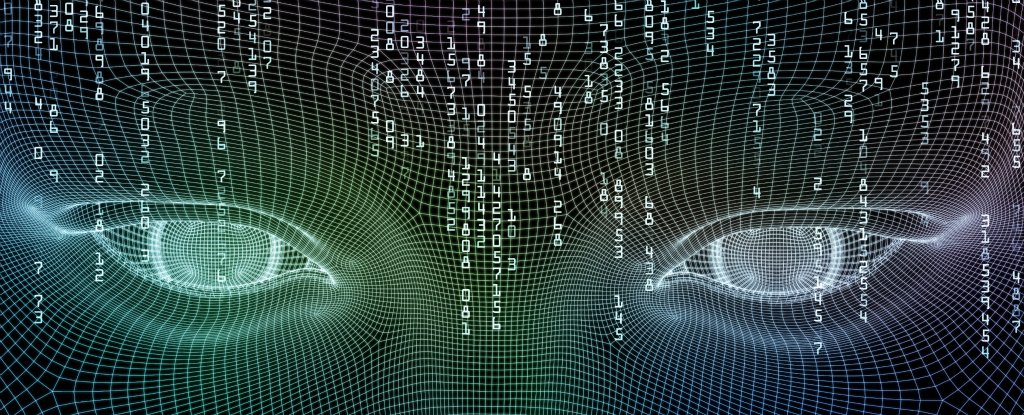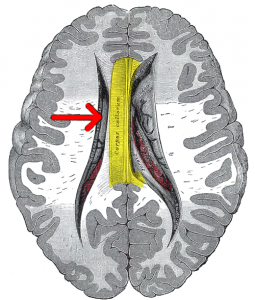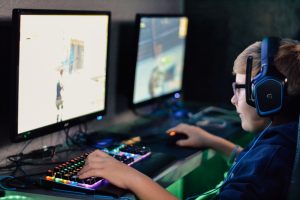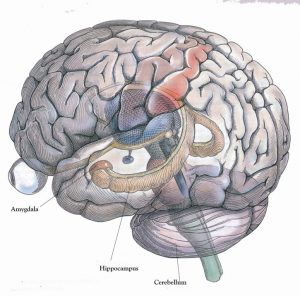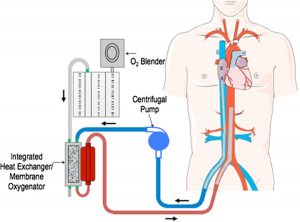What if you had a superpower? What would you want it to be? The ability to fly? Superhuman strength? Well, what if the ability was to tell which direction the sun would rise from without actually seeing the rise, or just finding your way back to camp when you get lost in the woods? Researchers from Caltech and the University of Tokyo have found evidence that humans can subconsciously detect changes in the Earth’s magnetic fields.
Although this study only suggests that the effects of changes in magnetic fields are detectable by our subconscious brain, they feel that this could open up the window for new research. Prof. Shinsuke Shimo, in a YouTube video with science communicator Derek Muller says, “This is just the first step to make sure that it’s not theoretically impossible that our ancestors might have utilized this ability for their navigation.”
Derek Muller from Veritasium takes the test of magnetoreception
The ability of an organism to detect magnetic fields to identify directions, altitude or location is known as Magnetoreception. Have you ever wondered how pigeons are always able to find their way home? Or how birds know which direction is south when they migrate? Evidence of magnetoreception has even been found in dogs that will usually sit in North-South direction while they poop.

Prof. Shimo also believes that this ability may potentially reside in modern humans. Not so long ago, Prof. Joseph Kirschvink of Caltech claimed that he had discovered magnetoreception in humans. A few years later, Kirschvink, along with Shimo and co have found evidence suggesting humans may potentially posses a superpower.
It is important to remember that as of this moment, humans are only capable to detecting changes in magnetic fields subconsciously in a state with no distractions from the surroundings. However, if we were able to study and bring this ability to the consciousness, we would not only be gaining a superpower but also making inroads into bringing other parts of subconsciousness into consciousness.
If you wish to learn more about magnetoreception, you can watch this short video by Science Magazine.

